The Building Blocks of Sustainable Living
In recent years, sustainability has become a priority for more people in their lives, homes, and environment. Sustainable interior design is meant to create a home that’s better for the environment and the planet.
To design a sustainable home, you must introduce sustainable materials and furniture, natural lighting, natural materials, greenery, and timeless and highly efficient architecture.
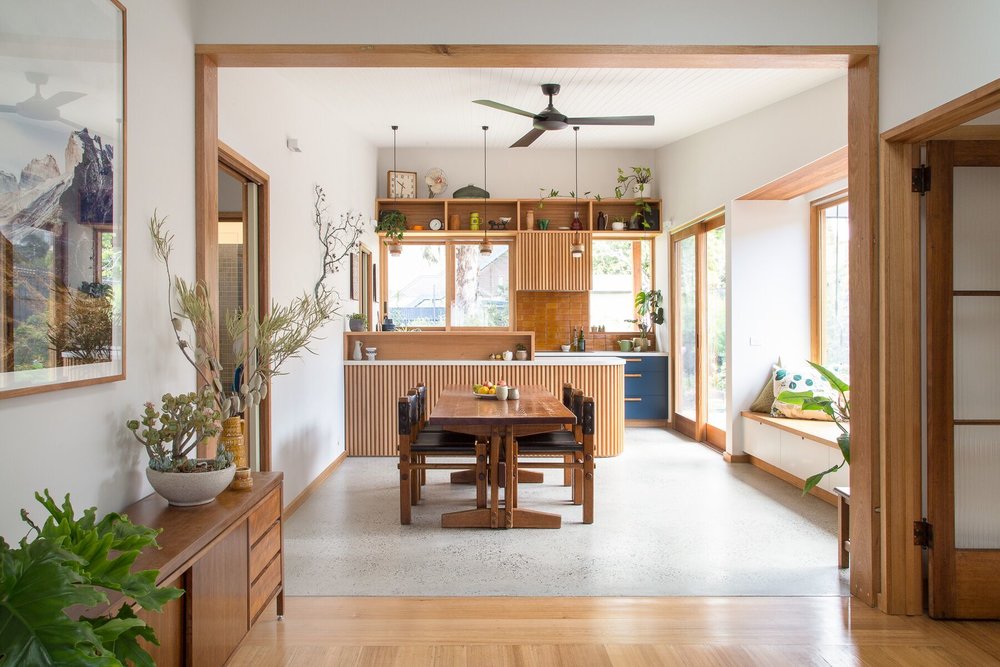
Creating an Eco-Friendly Design
Sustainable Interior Design
Sustainable Interior Design is more of a mentality than an interior design style. There are many different perspectives on how to execute an eco-friendly home like introducing natural elements and shopping for non-toxic furniture. Let’s discuss the building blocks of a sustainable home.
Conserving energy is all the rage these days. Consume less! In the winter, slide open your curtains and let the sun do the work. Utilizing natural light is one of the easiest ways to conserve energy at home during the colder months. And it’s free! Also, in warmer months or climates, purchasing high-quality windows that utilize Low-E energy-efficient glass is a great starting point for introducing natural light while also conserving energy within your home due its ability to help block infrared and UV light, while still allowing natural light to shine through your window. Another benefit of today is the vast growth in technology, giving us the ability to have smart homes. Smart home technology allows devices, appliances, or systems in our homes to independently control themselves or be run at the tips of our fingers. Solar panels, smart thermostats, and automatic lighting are just a few examples of energy-efficient technology that’s available in the present day.
Overall, you can benefit the environment from the comfort of your home. You can simultaneously create a healthier home, while maintaining a gorgeous aesthetic.
Furniture + Décor
In the recent decade, fast furniture became highly desired because of its quick accessibility and low cost; however, with those benefits come a higher cost to our environment and homes. Fast furniture doesn’t promise quality pieces and long-lasting style. Your couch might have been processed with long-term toxic chemicals like formaldehyde and soon start to lose its luster because of its cheap materials.
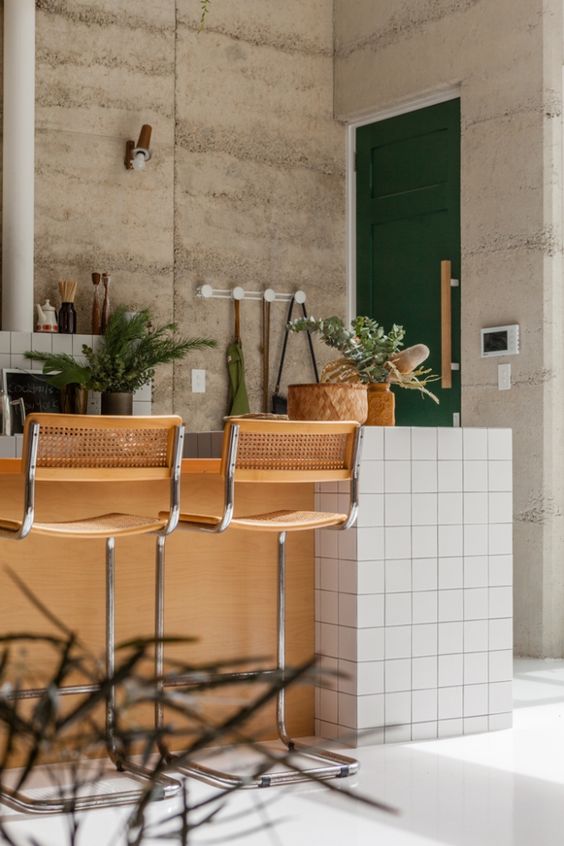
When looking for sustainable décor or furniture, ensure the pieces you’re buying have not been treated with chemical additives and that the fabric is free of toxic substances. Instead of synthetic or plastic materials, opt for natural wood, linen, cotton, and/or hemp. Or go to your local antique store and browse for secondhand furniture. As a result, your furniture will be made with long-lasting materials that stand the test of time.
Here’s a list of places to find non-toxic furniture:
- West Elm’s Sustainably Sourced Collection
- Crate & Barrel’s FSC Certified Collection
- Sabai Design
- Savvy Rest
- Maiden Home
Natural Elements
When designing your home be considerate of the materials you’re using. Finding sustainably-sourced materials can feel overwhelming and impossible, but it’s important to explore your options. When you think of natural materials, you think of something that comes from nature. Wood, natural stone, clay, steel, straw, and organic fibers are great examples of natural elements to use in your home. A general rule of thumb to keep in mind is to find material that is natural, renewable, and non-toxic. And just because the material is natural doesn’t mean it’s renewable.
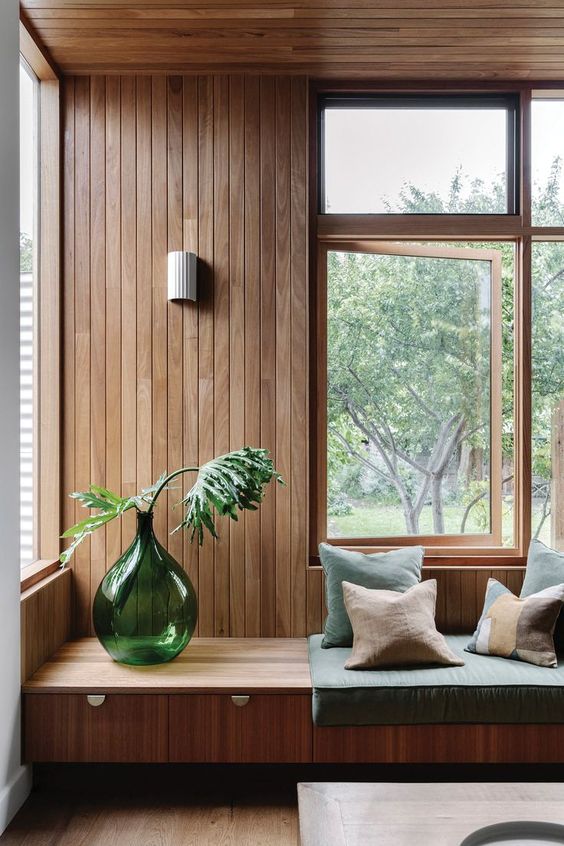
Wood is the most established material incorporated throughout a home. It is one of the oldest sustainable materials used. Flooring, moulding, doors, and furniture are literally the building blocks of any home. But our homes are engulfed in more than just wood, we decorate and design our spaces with many other materials! When choosing a piece of furniture with upholstery, most fast furniture fabrics are made from polyester or rayon. A better alternative would be organic cotton or hemp fabric. Stainless steel is another key element you will have in your home that’s long-lasting for appliances, and even items like reusable water bottles or cookware. Your sustainability journey begins at the core, and choosing natural materials for your home is just the start!
Bring the Outdoors, In
You can’t talk about sustainability without including nature. Biophilic means “to be drawn toward nature, to feel an affinity for it, a love, a craving.” Adding plants or greenery to your living space improves air quality, while simultaneously improving one’s mental health and well-being. Biophilic interior design is all about bridging the outdoors to the indoors. Incorporating flora releases oxygen and absorbs carbon dioxide, freshening the air quality and removing harmful toxins from your living environment.
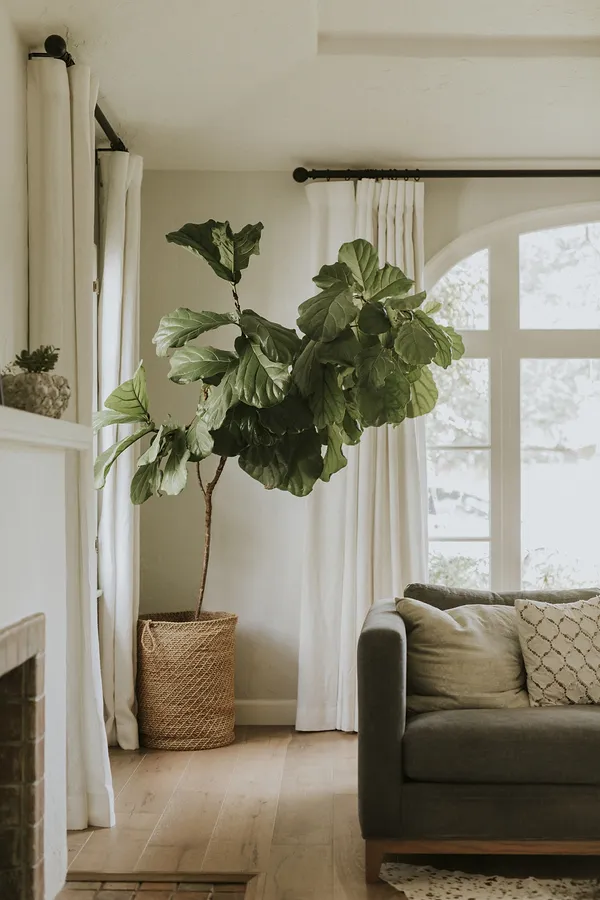
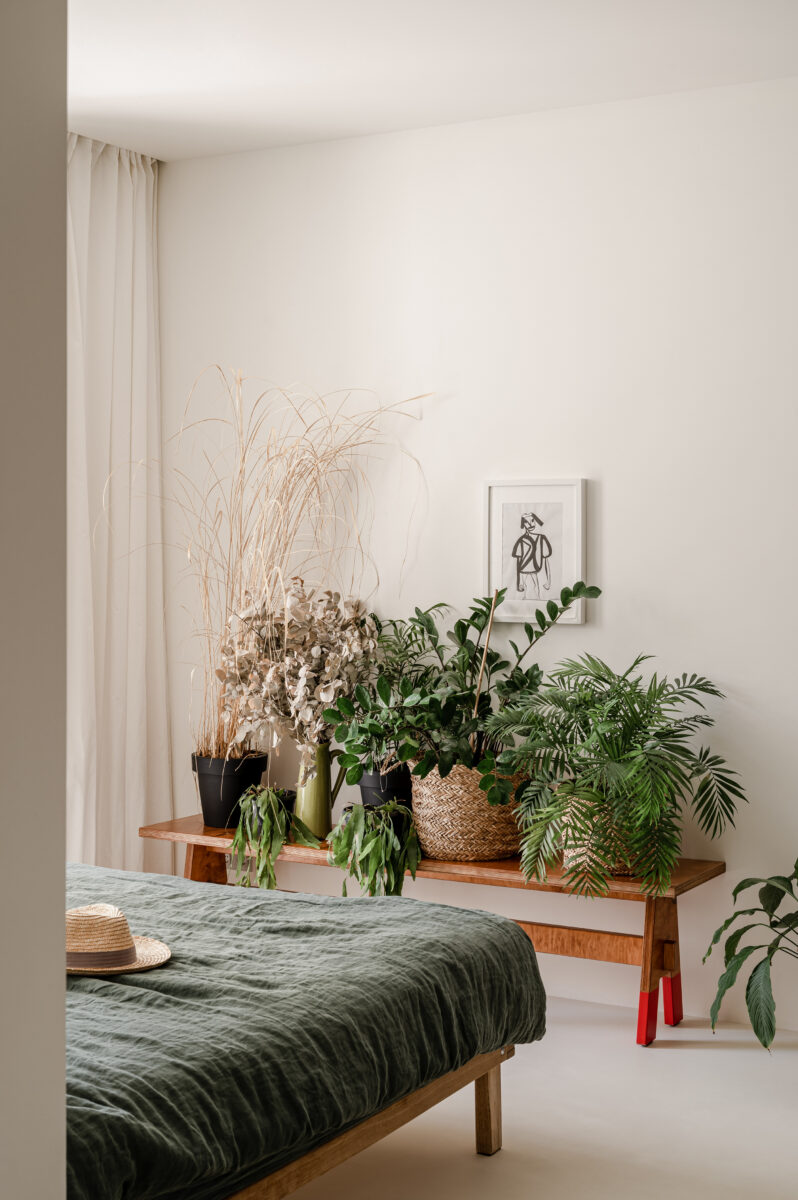
Houseplant sales skyrocketed during the pandemic and have not diminished since. Having house plants doesn’t mean you need a greenhouse or a wide variety of plants, but introducing a low-maintenance plant like a Monstera (or the Swiss cheese plant) is an easy first step toward bringing nature into your home. Start simple and grow your collection as desired.
Woodgrain’s Sustainability Mission
In its total commitment to the environment, Woodgrain promises to act as a responsible corporate citizen, optimizing our resources and producing products that have a positive impact on the environment and health. From the sourcing of wood we use, to the transport of our finished goods, we strive to minimize our footprint as a company.
We use wood from sustainable forests and managed forests. It all starts at the source. We strive to know where our wood is coming from and that it is being managed, harvested, and cared for in an ethical way. Our goal is to ensure that the forest is being managed in a way that preserves the natural ecosystem and benefits the lives of local people. We use over 99% of the wood fiber we procure, ensuring that nothing goes to waste. This not only helps our bottom line, but it leaves a lasting impact on the place we call home.
Building a sustainable home may feel overwhelming. Sustainability doesn’t happen overnight but it is something we can take baby steps towards, starting in our homes.
For Inspiration check out our Sustainable Homes Pinterest Board and make sure to follow us on Instagram and Facebook @WeAreWoodgrain!